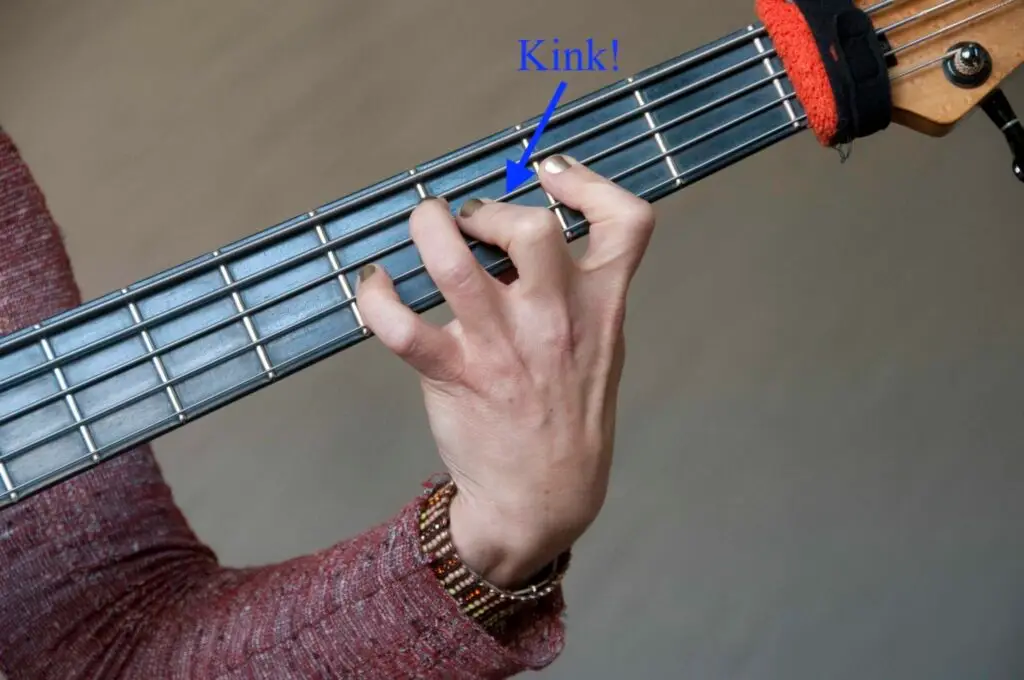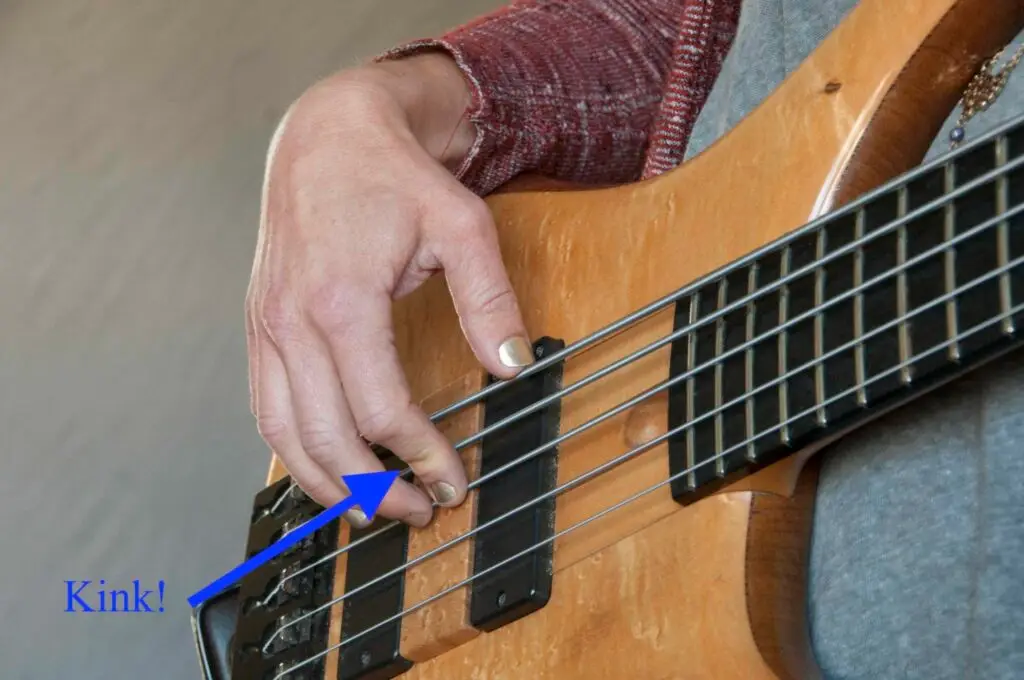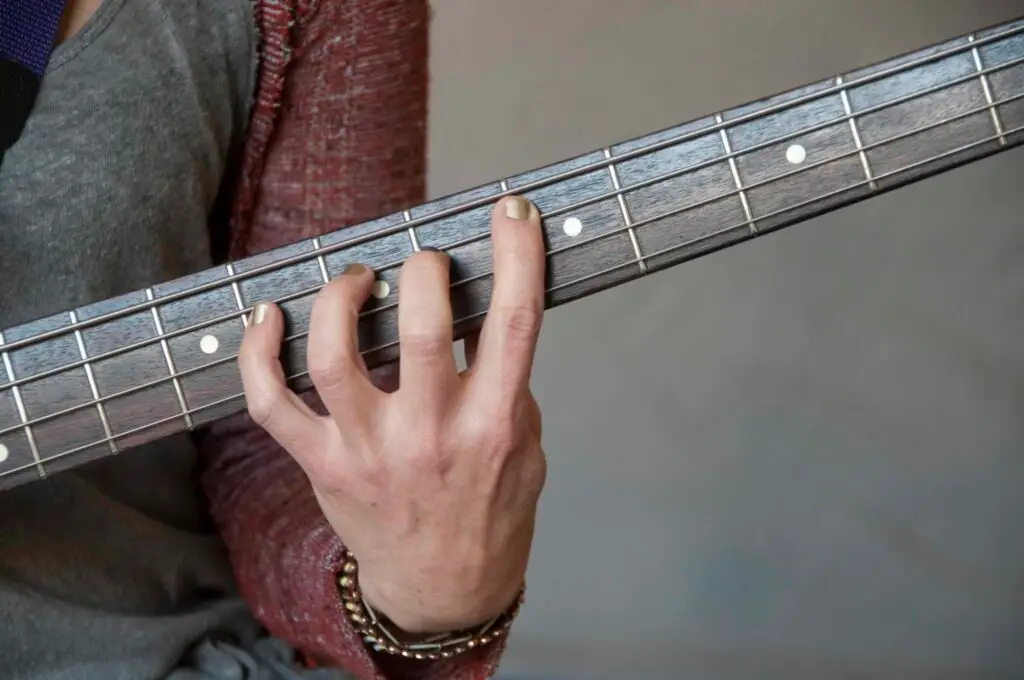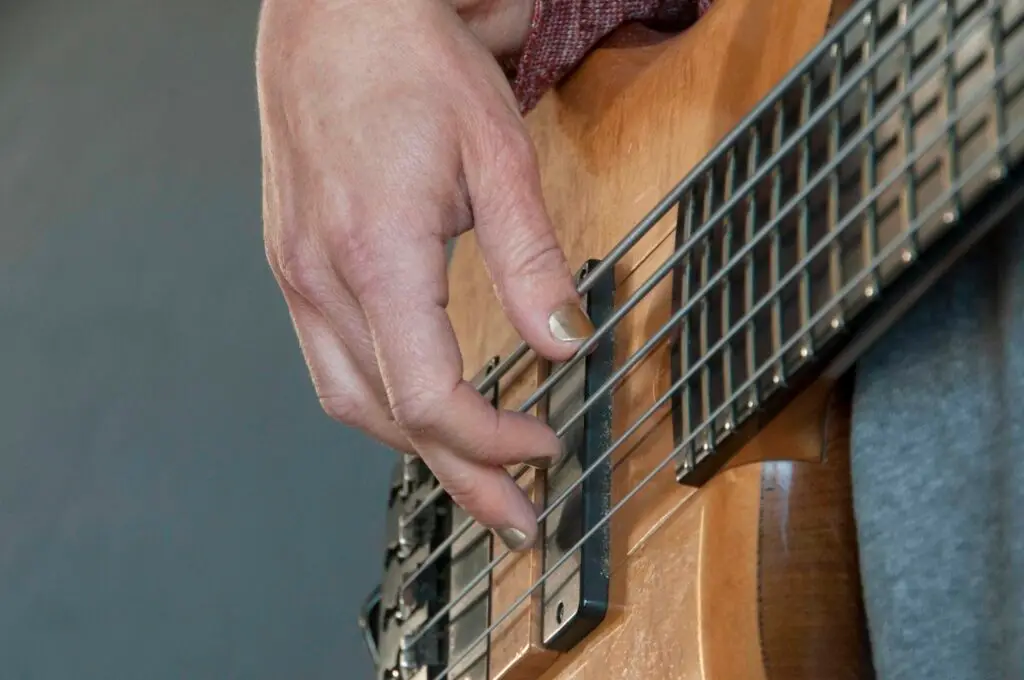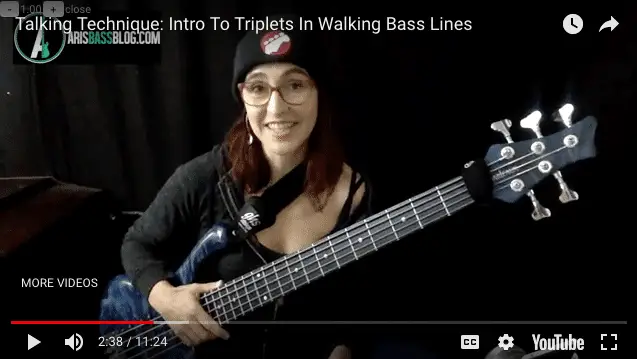I used to believe that peak creativity is just happening to us in rare, lucky moments and that the best we can do is pray to the muses. Over time I realized that there are a lot of things I could do to foster creativity and to have more of these lucky moments. This gives me much more confidence in my ability to come up with good ideas in various contexts (like creating a bassline, building a solo, writing a song, contributing to arranging a song in a band situation). In this and future blog posts I will explore some aspects of creativity and how we help it flow.
Stop Fighting against yourself!
I don’t know whether it was the new pedals that I had just received, or whether it was the creative phase OoN – The Bass bassoon duo of Ariane Cap and Paul Hanson was going through, but I found myself in one of those effortless stretches of creativity when ideas just flow. I also found myself in the middle of the night (at 1.00 AM!) in my favorite local theater with a videographer and a sound man. (Okay, these two and access to the theater did take a bit of planning, but the scene is set for you and here is the result of this session:)
Now, let me tell you that it is not always like that – that ideas flow easily.
At times, especially with a deadline or other pressure looming, creativity might not come easily at all; any composing may feel like a painful duty, a hollow or pretentious task and my internal voices may go wild. The bass may feel like it is huge and heavy in my hands and I can’t breathe.
At other times, without beckoning, the ideas start flowing.
I have never been able to find the magic button or secret sauce that makes it so that the music comes effortlessly. But I have found a few things that may come really close to magic bullets.
What predictably helps with most worthwhile pursuits is to
- Create a routine and stick to it.
- Show up whether motivation shows up or not.
- Create without judging at first.
- Ignore the inner voices and focus on the task (PORA works for composing very well!)
There is just a small catch…
So, what’s the catch?
All the above have in common is that they
- Take a bit of practice.
- And a bit of time.
- And they require a certain level of trust.
In other words, if you practice them then they are there for you in deadline driven situations or stressful moments on stage. If you put the focused work in beforehand, you have a strong baseline to fall back on!
All that said…
There are no guarantees. The more you sometimes try to hold on to ideas, creativity or the groove, the more it may elude you. What to do?
The Number 1 Enemy of Creativity, Timing and Tone
Whether you are composing or playing a bass line – the biggest enemy of any activity that requires letting go and trusting – is tension (both mental and physical tension).
That’s why I always recommend practicing without tension (again I am referring you to the PORA method if you habitually notice tension in your playing).
The Take-Away
Less tension makes it much easier to get into a flow state.
How to do it
- Give my PORA method a go.
- Take our course, Music Theory for the Bass Player – The Course. Each unit contains an extensive technique section that has helped hundreds of students improve their technique, let go of tension and experience what playing is like without fighting with the instrument, but rather to play freely and effortlessly. Here is a short sampler from the course:
Watch for next week’s post on more on tension free playing that gets your creativity going!




